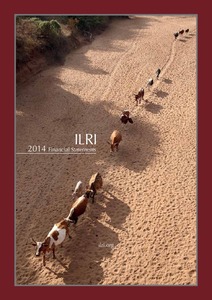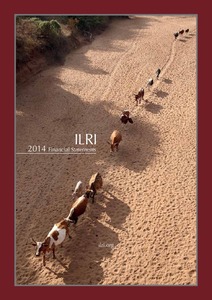ILCA/LTC research on property rights and alley farming in West Africa
IITA developed alley cropping (also called hedgerow intercropping by ICRAF) in the mid 1970s to alleviate the problems of reduced soil fertility, reduced yields and soil erosion that were associated with population growth and reduced fallow periods. In the early 1980s this technology was adapted by ILCA to serve as a source of feed. On-farm research was conducted in two locations of South-West and South-East Nigeria. The locations differ in terms of population density, soil fertility, land tenure and typical farm layout.
Impact potentiel sur l'environnement
As the problems of impact assessement are rather intractable, a fairly simple dual approach is proposed. First the major components of environmental impact of current agricultural production systems in Africa (i.e. impact of cropping, livestock keeping, fuelwood and timber extraction and burning) are summarised. Second, "danger zones" in which current and future environmental impacts will be most severe and on which ILCA has focused its problem solving-research is identified.
Improved management of vertisols for sustainable crop-livestock production in the Ethiopian highlands: Synthesis report 1986-92
Some of the papers in this report deals with nutrient management; land, soil and water management; grain, fodder and residue management; and technology validation and transfer. The other papers looks into development of coordinated research efforts; distribution and importance of Ethiopian vertisols and locations of study sites; a survey of the farming systems of Vertisol areas of the Ethiopian highlands, and modifying the management of vertisols. The report ends with a discussion on retrospect and prospects of the Joint Project on Vertisols management.
Incorporating a water-logging routine into CERES-Maize, and some preliminary evaluations
The inability of CERES-Maize v3.0 to simulate a fluctuating water table has been identified as a major constraint in using this particular model in South Africa and in Kenya. Information regarding fluctuating water tables under specific conditions, and their influence on maize production, has been presented in South African literature. The objective of this study was to construct a simple water-logging subroutine based on these mechanisms, using the existing input data structure of CERES-Maize.











